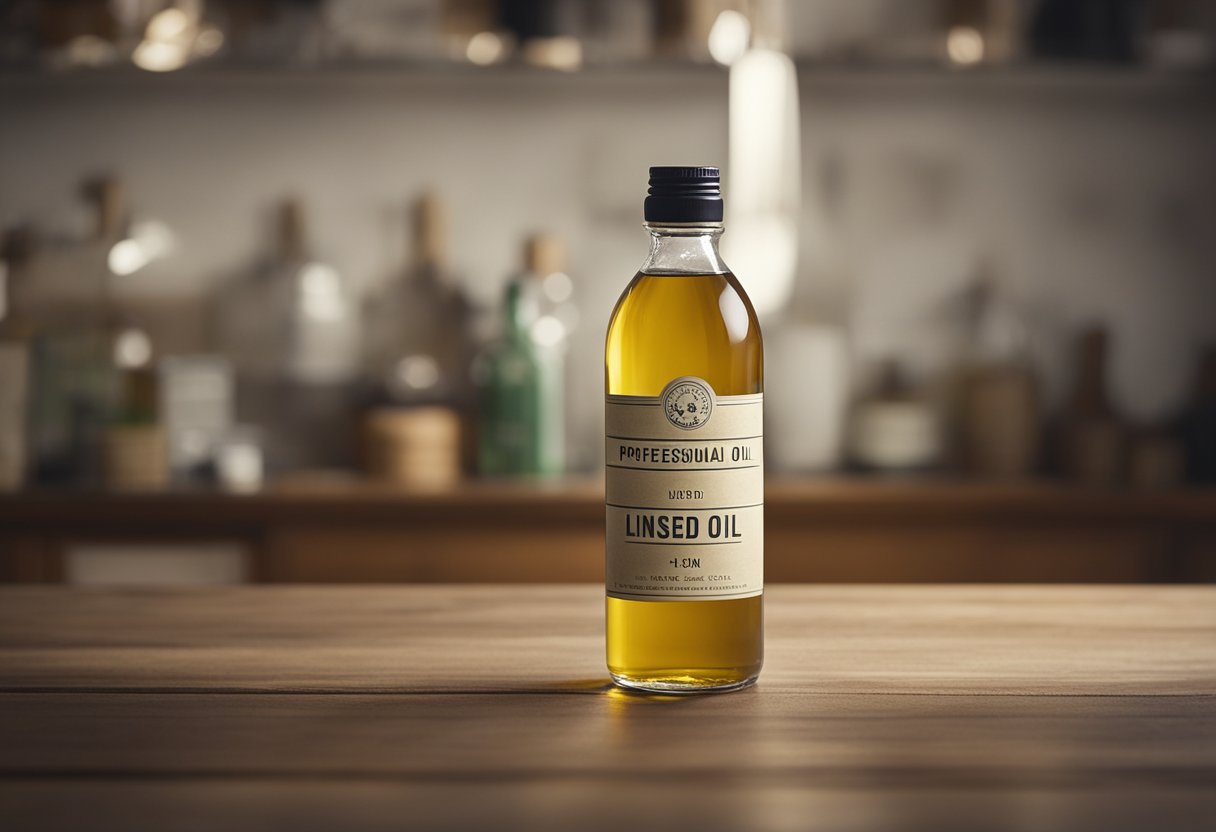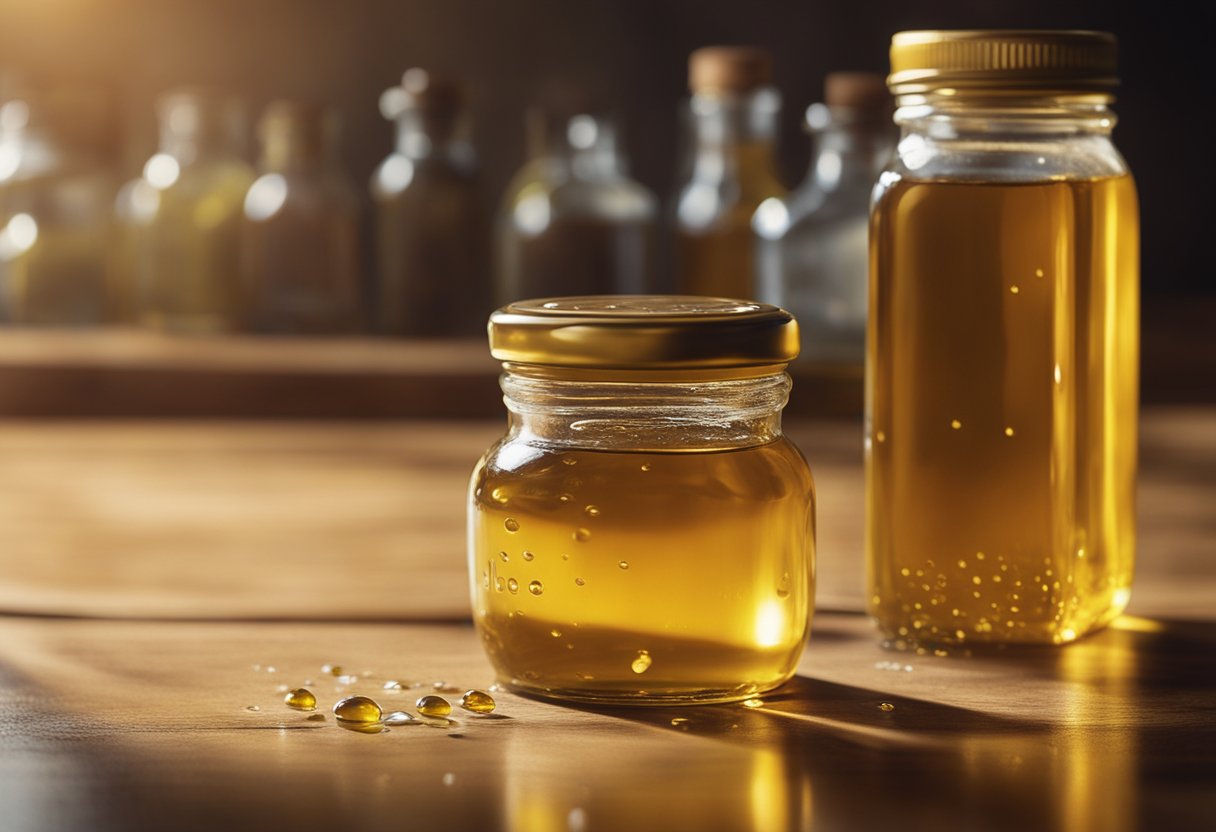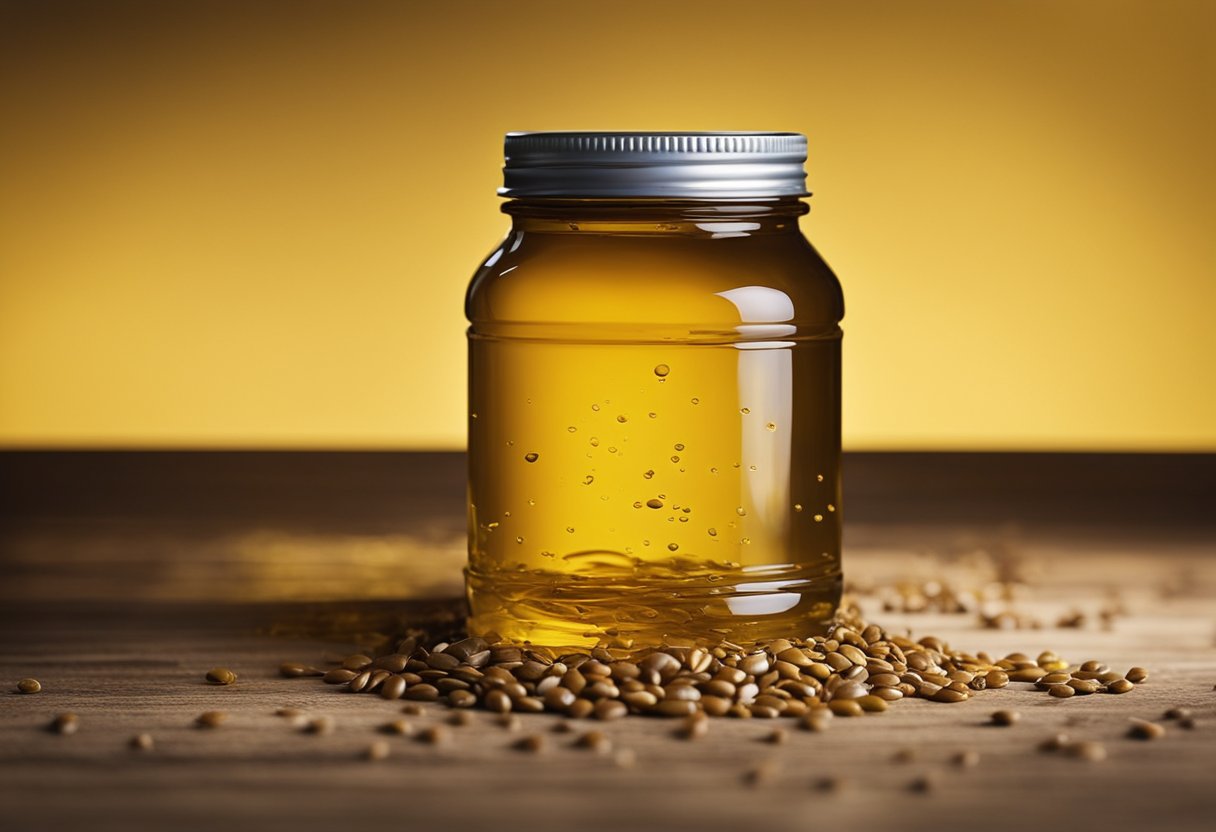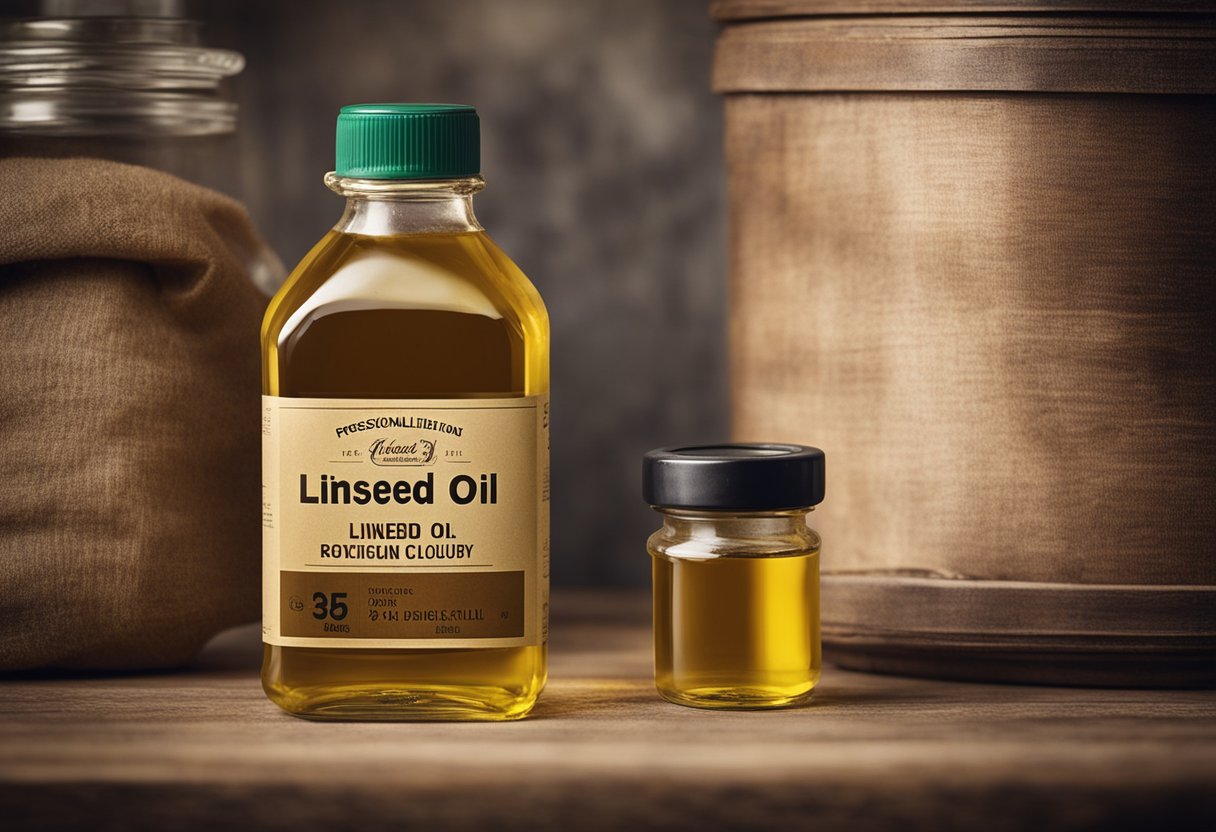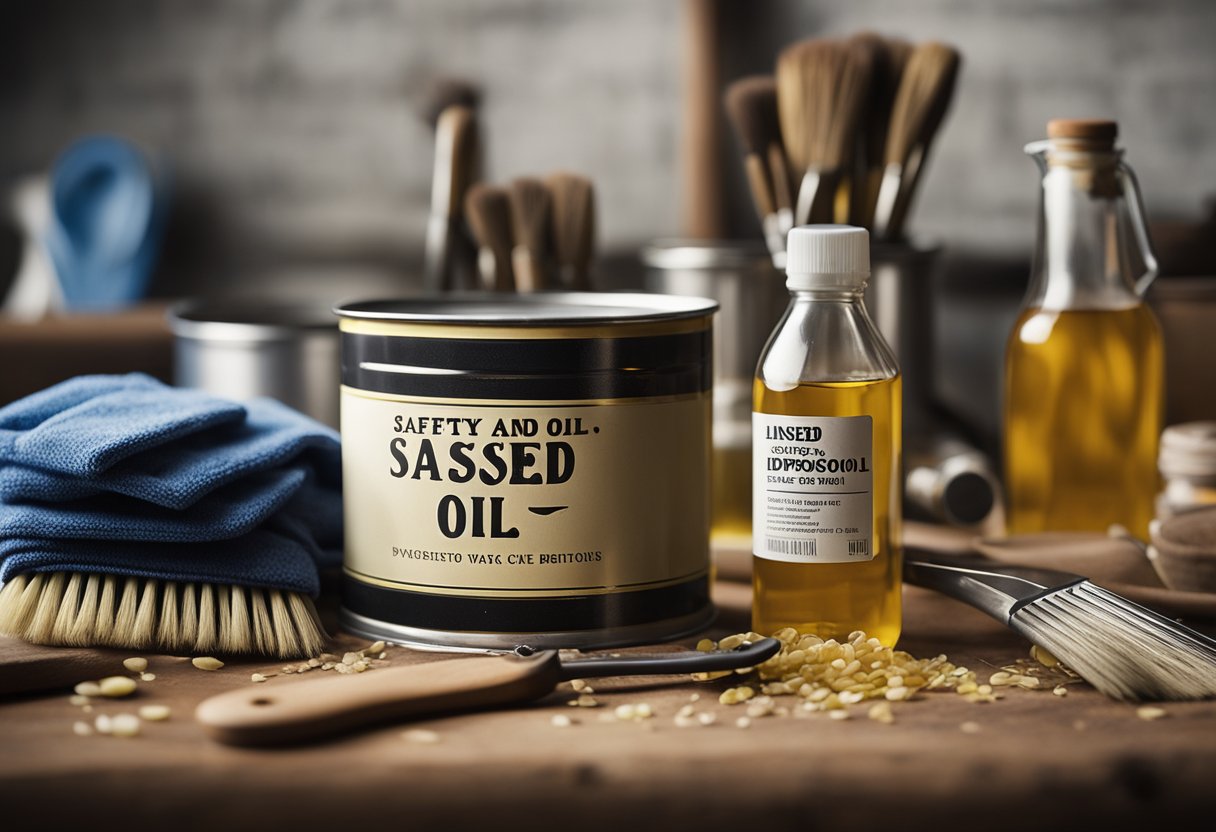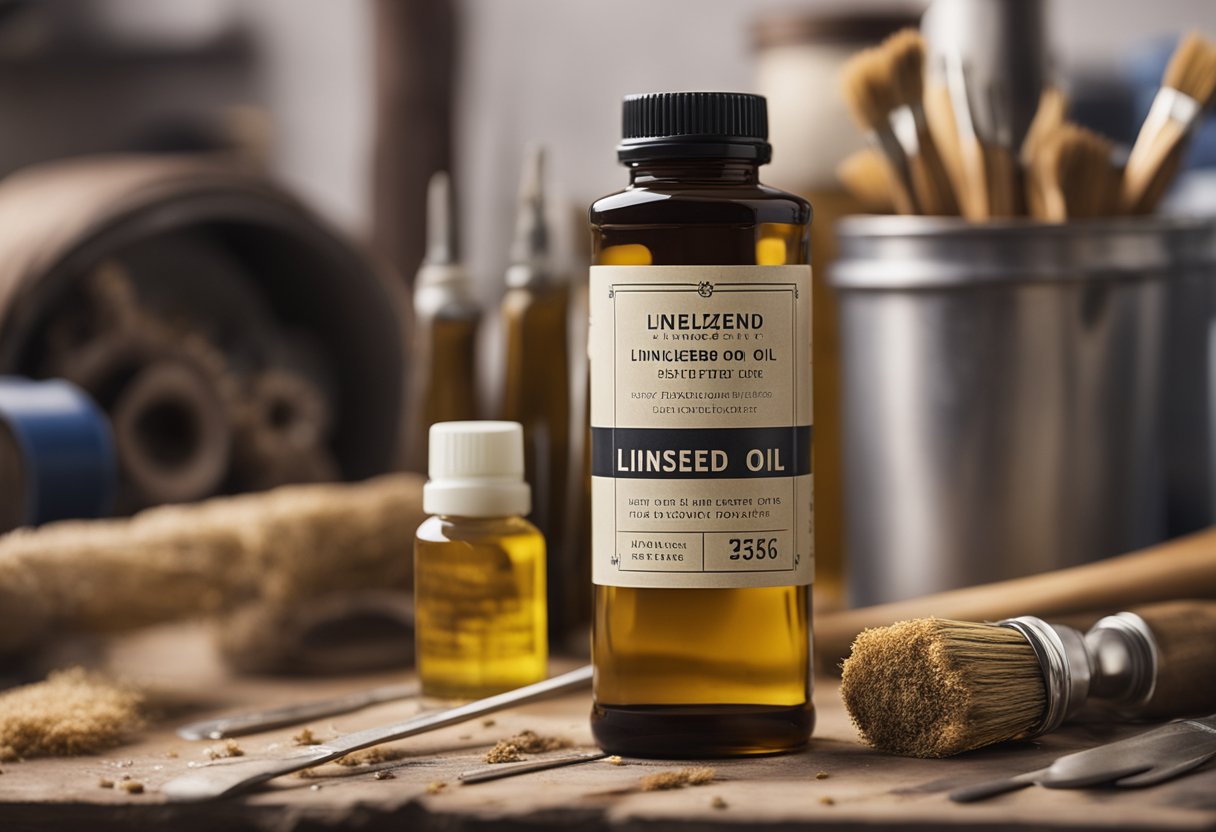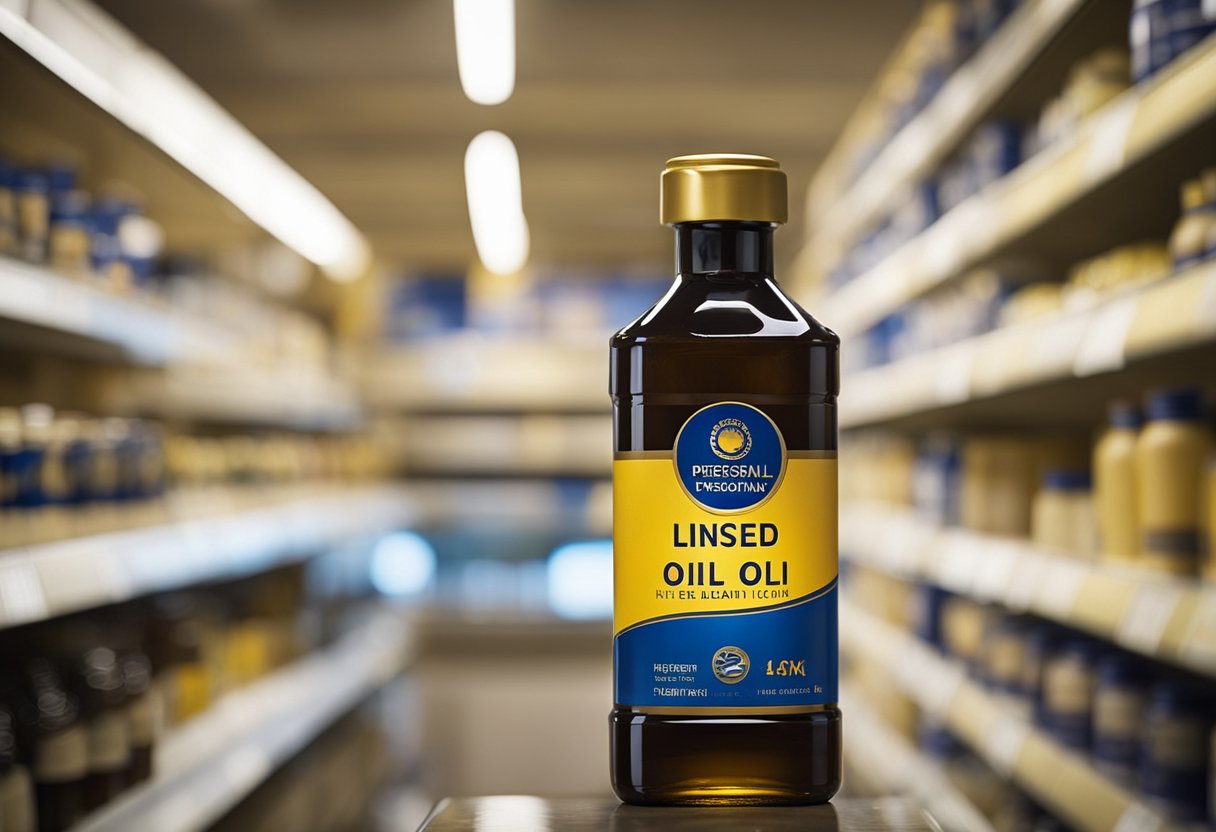I have been using linseed oil for my woodworking projects for years, and I’ve always wondered if it goes bad. After all, I don’t want to ruin my projects by using oil that has gone rancid. So, does linseed oil go bad? The answer is yes, it does.
Understanding linseed oil is key to understanding why it can go bad. Linseed oil is made from the flax plant, and there are two main types of linseed oil: raw and boiled. Raw linseed oil is pure and unprocessed, while boiled linseed oil has been heated to make it dry faster. Both types of linseed oil have the potential to go bad over time, but boiled linseed oil can go bad faster due to its exposure to air, heat, and direct sunlight.
Key Takeaways
- Linseed oil can go bad over time, especially if it is exposed to air, heat, and direct sunlight.
- Understanding the storage of linseed oil is important to keep it from going bad.
- Signs of spoilage and the effects of poor storage should be taken into consideration when using linseed oil.
Understanding Linseed Oil
As a woodworking enthusiast, I have come across linseed oil and its various uses in finishing wood projects. Linseed oil is an oil extracted from flax seeds, and it has been used for centuries as a preservative and finish for wood. There are two types of linseed oil: raw and boiled.
Raw linseed oil is extracted from flax seeds without any additives and is often used as a drying agent in oil paints. It has a long drying time, and it can take up to a week for it to dry completely. Boiled linseed oil, on the other hand, is raw linseed oil that has been treated with drying agents and oil solvents to speed up the drying process. It is often used as a finish for wood projects because it dries faster and provides a more durable finish.
Linseed oil has a long shelf life, but it can go bad if it is not stored properly. Exposure to air, heat, and light can cause linseed oil to become rancid, which can affect its effectiveness as a finish. To prevent linseed oil from going bad, it is essential to store it in an airtight container in a cool, dark place.
In addition to its use as a finish for wood projects, linseed oil is also used as a preservative for wood. It penetrates deep into the wood fibers and helps to prevent rot and decay. However, it is important to note that linseed oil should not be used on outdoor wood projects as it can attract dirt and dust.
Overall, linseed oil is a versatile and effective finish for wood projects, but it is important to understand its properties and how to store it properly to ensure its effectiveness.
Storage of Linseed Oil
As someone who has worked with linseed oil for years, I know that proper storage is essential to ensure the longevity and quality of the oil. Here are some tips on how to store linseed oil:
Ideal Storage Conditions
Linseed oil should be stored in a cool, dry place away from direct sunlight. Exposure to heat and sunlight can cause the oil to oxidize and go bad much more quickly, so avoiding these conditions is key. The ideal temperature range for storing linseed oil is between 50 to 70 degrees Fahrenheit (10 to 21 degrees Celsius). Fluctuating temperatures can cause the oil to oxidize and spoil more quickly, so it’s important to maintain a consistent temperature.
Appropriate Containers
Linseed oil should be stored in an air-tight container to prevent exposure to air, which can cause the oil to spoil. Glass or metal containers are ideal for storing linseed oil as they do not react with the oil and are less likely to break or leak. Plastic containers should be avoided as they can react with the oil and cause it to spoil more quickly.
When choosing a container, it’s important to consider the size of the container in relation to the amount of oil being stored. A larger container with a small amount of oil can expose the oil to more air, while a smaller container with too much oil can cause the oil to spill or leak. It’s best to choose a container that is just the right size for the amount of oil being stored.
By following these tips, you can ensure that your linseed oil stays fresh and of high quality for as long as possible.
Signs of Spoilage
As with any oil, linseed oil can go bad over time. Here are some signs to look for to determine if your linseed oil has gone bad:
Visual Indicators
One of the most obvious signs of spoilage is discoloration. Good linseed oil should be a pale yellow color, but if it has gone bad, it may turn darker or even brown. Additionally, if you notice any clumps or sediment in the oil, this is a sign that it has started to degrade.
Olfactory Clues
Another way to tell if your linseed oil has gone bad is by smelling it. Good linseed oil should have a mild, nutty scent. If it smells sour or rancid, it has likely gone bad.
When linseed oil goes bad, it can be due to a number of factors such as exposure to air, light, or heat. It’s important to store your linseed oil properly to prevent spoilage. Keep it in a cool, dry place away from direct sunlight and tightly sealed to prevent air from getting in.
In summary, if your linseed oil has changed in color or has a sour smell, it has gone bad and should be discarded. It’s important to regularly check your linseed oil for signs of spoilage to ensure that it is still safe to use.
Effects of Poor Storage
As with most oils, poor storage can significantly affect the shelf life of linseed oil. Exposure to air, heat, sunlight, and moisture can cause the oil to go bad and become rancid.
When linseed oil is exposed to air, it undergoes oxidation, which can cause oxidative damage to the oil and reduce its effectiveness. Therefore, it is essential to store linseed oil in airtight containers to prevent air exposure.
Heat and sunlight can also cause linseed oil to go bad. High temperatures can cause the oil to break down and become unstable, while exposure to sunlight can cause the oil to spoil and lose its effectiveness. Therefore, it is best to store linseed oil in a cool, dark place, away from direct sunlight.
Temperature fluctuations can also affect the shelf life of linseed oil. When the oil is stored in an area with fluctuating temperatures, it can cause the oil to expand and contract, leading to the development of bubbles and other defects in the oil.
Moisture is another factor that can cause linseed oil to go bad. When the oil is exposed to moisture, it can cause the oil to become rancid and spoil. Therefore, it is best to store linseed oil in a dry place, away from any sources of moisture.
In conclusion, the effects of poor storage on linseed oil can significantly reduce its shelf life. It is essential to store linseed oil in airtight containers, away from heat, sunlight, and moisture, to ensure its longevity.
Usage and Application
As a wood finish, linseed oil has been used for centuries due to its numerous advantages. It enhances the natural beauty of wood by bringing out rich tones and grain patterns. Additionally, it protects wood from moisture, sunlight, and general wear and tear.
For Woodworking
Linseed oil is a popular choice for woodworking because of its ability to penetrate deep into the wood grain, providing a hard and protective finish that resists water and dirt. It is commonly used as a finish for furniture, floors, and other wooden surfaces.
When applying linseed oil to wood, it is important to use a natural-bristle brush and apply it in thin coats. This will ensure that the oil penetrates the wood properly and does not form a thick, sticky layer on the surface. It is also important to wipe away any excess oil with a clean cloth after application.
In Paints and Varnishes
Linseed oil is also a common ingredient in paints and varnishes. It is used as a binder, helping to hold the pigment and other ingredients together. When used in paints and varnishes, linseed oil helps to create a hard, durable finish that resists chipping and peeling.
When using linseed oil in paints and varnishes, it is important to mix it thoroughly with the other ingredients to ensure a smooth, even finish. It is also important to follow the manufacturer’s instructions for application and maintenance.
Overall, linseed oil is a versatile and effective product that can be used in a variety of applications. With proper usage and maintenance, linseed oil can provide long-lasting protection and beauty to wood surfaces.
Safety and Disposal
As with any other material, linseed oil can go bad over time and become spoiled. When linseed oil is spoiled, it can produce toxic fumes and can be a fire hazard if not disposed of properly. Therefore, it is important to handle linseed oil with care and dispose of it safely.
When working with linseed oil, it is important to be aware of its potential side effects. Linseed oil can contain heavy metals and toxins, which can be harmful if ingested or inhaled. Therefore, it is important to wear protective gear such as gloves and a respirator when working with linseed oil.
After using linseed oil, it is important to properly dispose of any rags or materials that have come into contact with it. Linseed oil-soaked rags can spontaneously combust, so it is important to spread them out to dry and then soak them in water before disposing of them in a metal container at a hazardous waste facility. This will help prevent any potential fires or other hazards.
It is also important to properly dispose of any unused linseed oil. Do not pour linseed oil down the drain or throw it in the trash. Instead, take it to a hazardous waste facility for proper disposal. This will help prevent any potential environmental damage and ensure that the linseed oil is disposed of safely.
In summary, it is important to handle linseed oil with care and dispose of it properly. Linseed oil can produce toxic fumes and be a fire hazard if not disposed of correctly. Therefore, it is important to wear protective gear when working with linseed oil, properly dispose of linseed oil-soaked rags, and take any unused linseed oil to a hazardous waste facility for proper disposal.
Economic Considerations
As a woodworker, it’s important to consider the economic impact of using linseed oil. While linseed oil can be a great choice for finishing wood, it does have a limited shelf life. This means that you may end up wasting money if you buy too much and don’t use it in time.
One way to avoid wasting money is to pay attention to the best by date or expiry date on the linseed oil you purchase. While these dates are not always accurate, they can give you a good idea of how long the oil will last before it starts to go bad. It’s also a good idea to store your linseed oil properly to help extend its shelf life.
If you’re looking for a way to save money on linseed oil, you may be tempted to buy cheaper oil. While this can be a good way to save money in the short term, it’s important to remember that cheaper oil may not be as fresh as more expensive brands. This means that it may go bad more quickly, which could end up costing you more money in the long run.
Another economic consideration to keep in mind is excess oil. If you have leftover linseed oil after finishing a project, it’s important to store it properly to help extend its shelf life. You may also want to consider using the excess oil for another project rather than letting it go to waste.
Overall, while linseed oil can be a great choice for finishing wood, it’s important to consider the economic impact of using it. By paying attention to best by dates, storing your oil properly, and avoiding excess oil, you can help ensure that you get the most out of your linseed oil without wasting money.
Frequently Asked Questions
How long does linseed oil last on a car?
Linseed oil can last up to a year on a car’s exterior if it is properly applied and maintained. However, it is not recommended to use linseed oil on a car’s exterior as it can attract dust and dirt, which can cause damage to the car’s paint.
How long does linseed oil take to dry?
Linseed oil can take anywhere from 12 to 24 hours to dry depending on the humidity and temperature of the environment. It is important to note that if the oil is applied too thickly, it will take longer to dry.
Does linseed oil protect wood?
Yes, linseed oil can protect wood from moisture and other environmental factors. It penetrates deeply into the wood fibers, helping to prevent water from entering the wood and causing damage. However, it is important to note that linseed oil does not provide complete protection against all environmental factors and should be reapplied periodically.
Does mineral oil go bad?
Mineral oil does not go bad, as it is a refined petroleum product. However, it can become contaminated over time, which can affect its effectiveness. It is important to store mineral oil in a cool, dry place and to use it within a reasonable amount of time.
Does linseed oil waterproof wood?
Linseed oil can help to make wood more water-resistant, but it does not make it completely waterproof. It is important to note that applying too much linseed oil can actually cause the wood to become more susceptible to water damage.
Does linseed oil become rancid?
Yes, linseed oil can become rancid over time. This is due to the fact that it is an organic product, and organic products can break down over time. It is important to store linseed oil in a cool, dry place and to use it within a reasonable amount of time to prevent it from becoming rancid.

Hi, I’m Sal Muller of Tooltrip.com. My DIY experience led me to understand essential power tools for home projects. Tooltrip.com guides enthusiasts and professionals in choosing right tools for any job. I provide concise top tool reviews for easier, efficient DIY.

